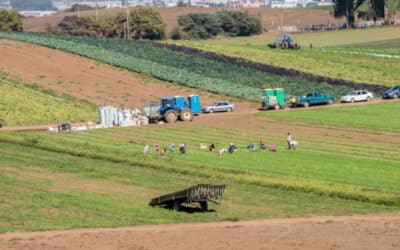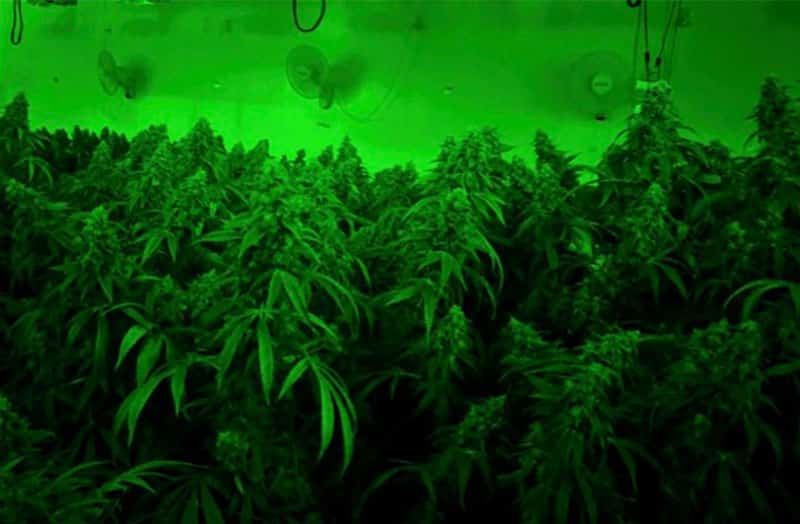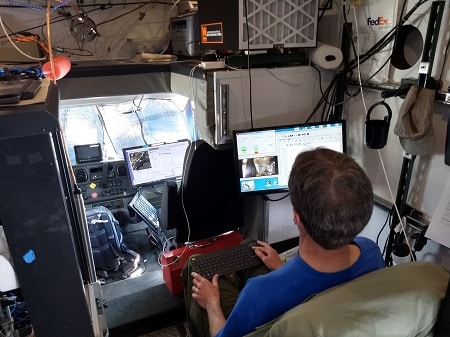The DRI Foundation has just awarded the next round of seed grants to six teams of researchers through the Innovation Research Program (IRP). The IRP provides the start-up funding DRI scientists need to test new ideas and produce initial data, which will help them...
Emissions from cannabis growing facilities may impact indoor and regional air quality, new research shows
RENO, Nev. (Sept. 16, 2019) - The same chemicals responsible for the pungent smell of a cannabis plant may also contribute to air pollution on a much larger scale, according to new research from the Desert Research Institute (DRI) and the Washoe County Health District...
OAL Participates in Toxic Metals Monitoring Campaign
Dave Campbell, Associate Research Scientist at the DRI's Division of Atmospheric Sciences and the Organic Analytical Lab member, participated in a 5-week long monitoring campaign near Paramount, CA, sponsored by the South Coast Air Quality Management District and...


